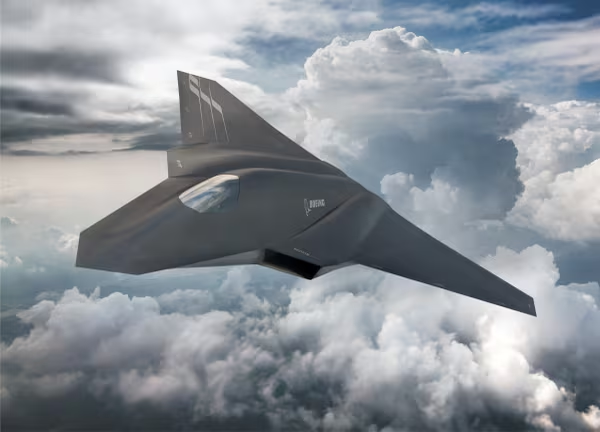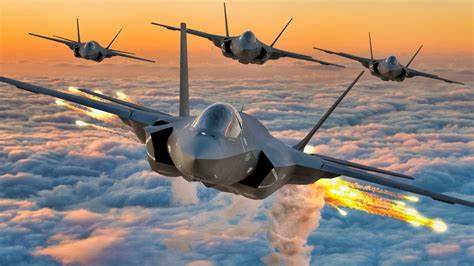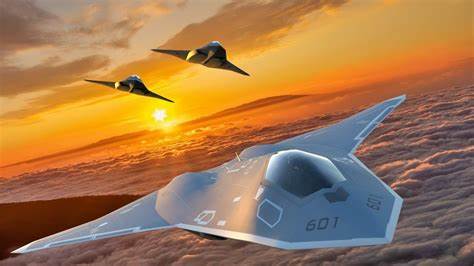
The U.S. Air Force’s vision of air superiority is taking a quantum leap with the Next Generation Air Dominance (NGAD) program, an ambitious initiative set to redefine the future of aerial combat.

The NGAD’s evolution represents a critical juncture in air power, as it aims to outperform and eventually replace the venerable F-22 Raptor with an advanced “system of systems” that pushes the boundaries of technology.

There is speculation that either Boeing or Lockheed Martin will be the prime contractor for the NGAD program, while Pratt & Whitney, an RTX business, will develop the future fighter’s engines.

On Monday, Pratt & Whitney announced the completion of a critical assessment of its Next-Generation Adaptive Propulsion (NGAP) offering with the U.S. Air Force, advancing the program closer to its detailed design review. The team is now working towards ground testing the NGAP prototype, the XA103, anticipated in the late 2020s.

Jill Albertelli, president of Pratt & Whitney’s Military Engines business, stated that the company is embracing digital transformation with NGAP to enhance the customer experience throughout the development process, aiming to deliver advanced adaptive engines rapidly and efficiently.

She emphasized the importance of this technology for maintaining air superiority, highlighting Pratt & Whitney’s substantial investments in research, development, and advanced manufacturing.

Albertelli also stressed that continued government funding for sixth-generation propulsion development is crucial to support key platform milestones and ensure warfighter readiness.

The three-stream engine is reportedly based on technology developed under the Air Force’s Adaptive Engine Transition Program (AETP).

In November, the prototype XA103 successfully completed what Pratt & Whitney described as a digital preliminary design review.

NGAP technologies are expected to enhance survivability, fuel efficiency, and power and thermal management, which are crucial for future air dominance platforms to meet evolving operational needs.

According to Aviation Week, NGAP contracts were awarded to General Electric, Boeing, Lockheed Martin, and Northrop Grumman, although Northrop Grumman has since withdrawn from the NGAD contest. In August 2022, each of these companies received a ten-year, $975 million contract for their NGAP designs.

NGAD constitutes a comprehensive system featuring an “optionally manned” sixth-generation multirole fighter, operating alongside unmanned Collaborative Combat Aircraft (CCA), previously referred to as Loyal Wingmen.

Maya Carlin previously highlighted five key technologies likely to be prioritized in NGAD’s fighter design: advanced weaponry, stealth capabilities, digital design, propulsion systems, and thermal management.

While the precise definition of sixth-generation technology remains unclear, NGAD’s features are anticipated to surpass those of fifth-generation counterparts.

Additionally, integration of artificial intelligence (AI) and machine learning (ML) is expected in NGAD, serving as a co-pilot for manned aircraft and enabling autonomous actions for unmanned aerial systems (UAS).
